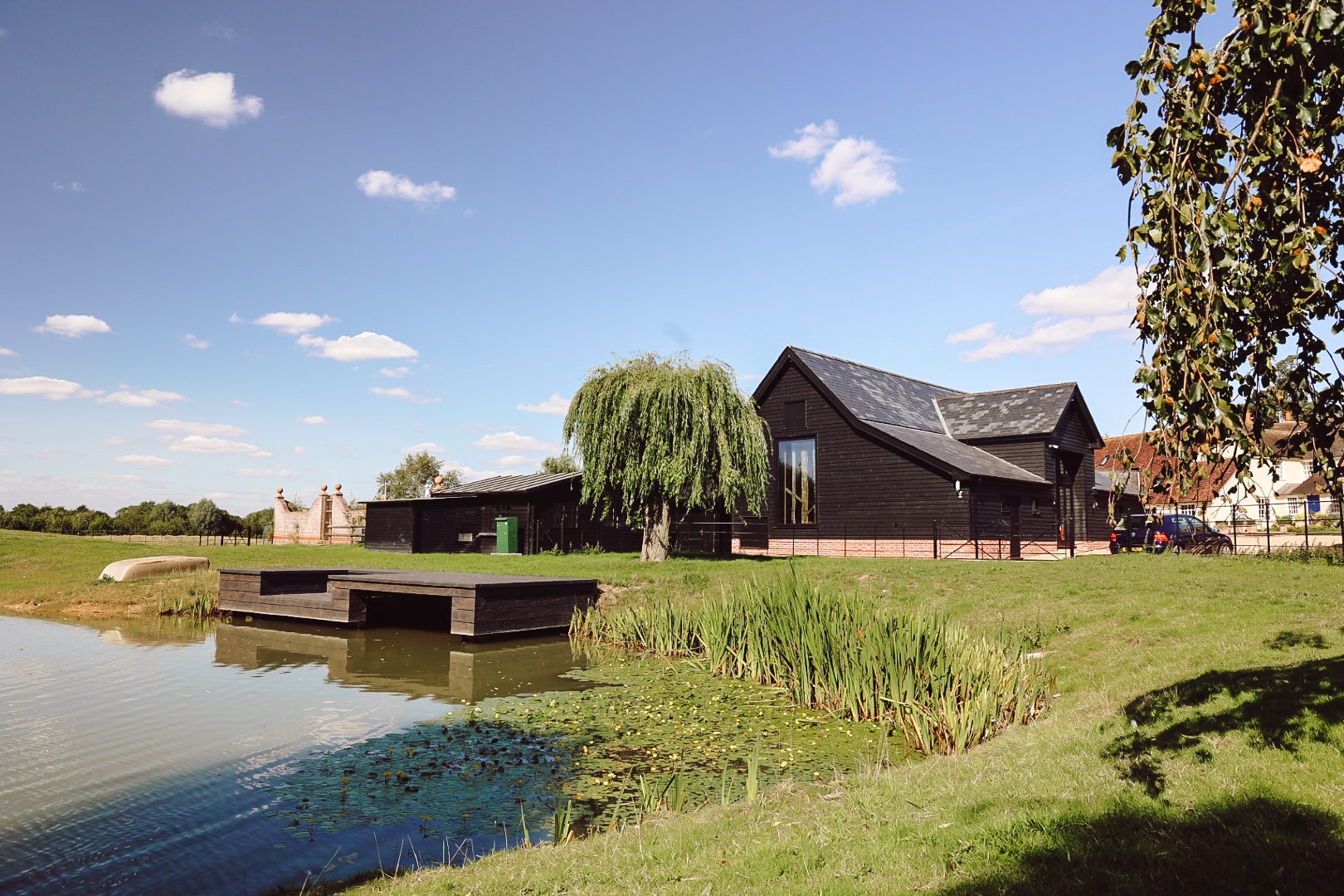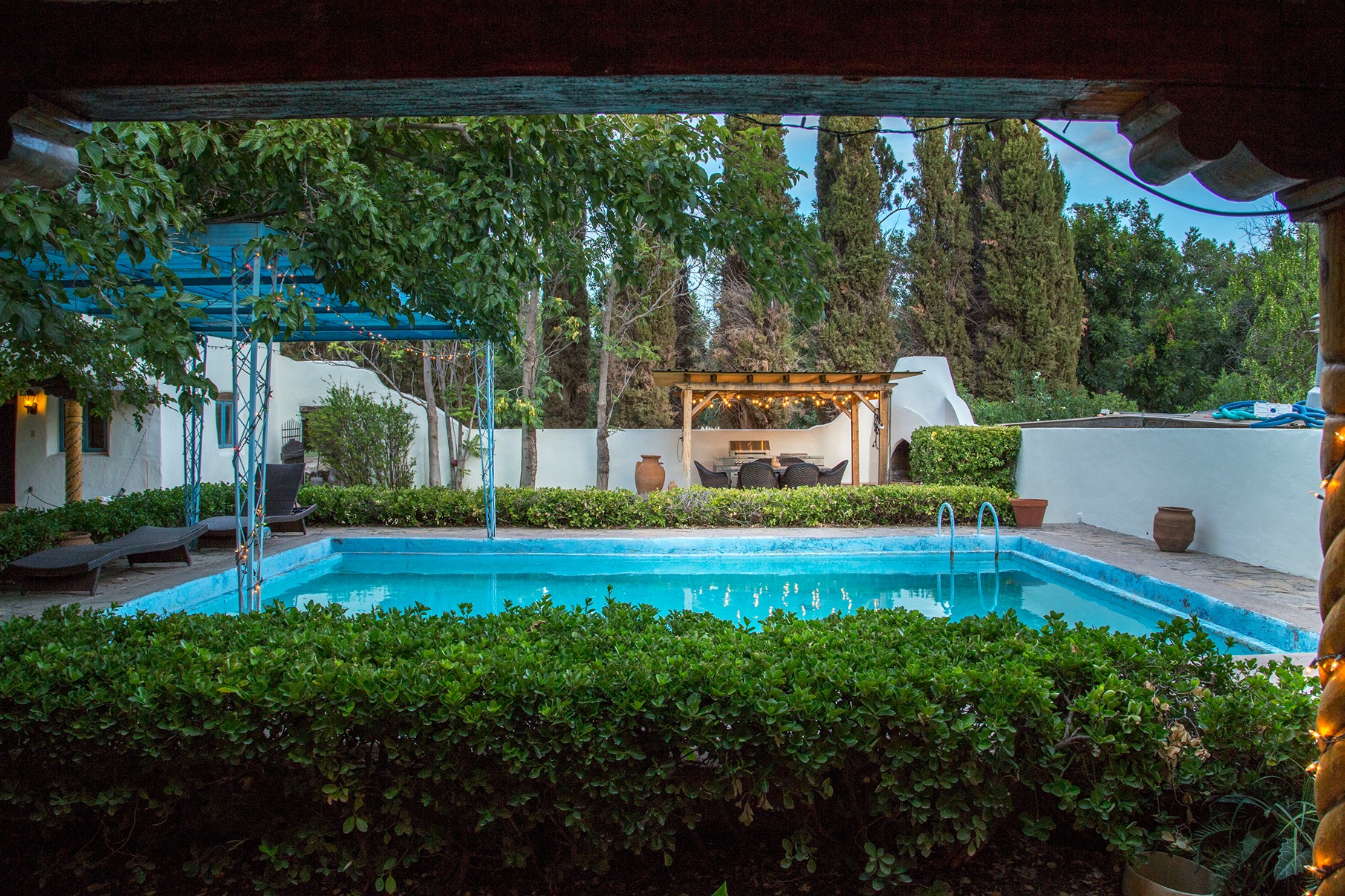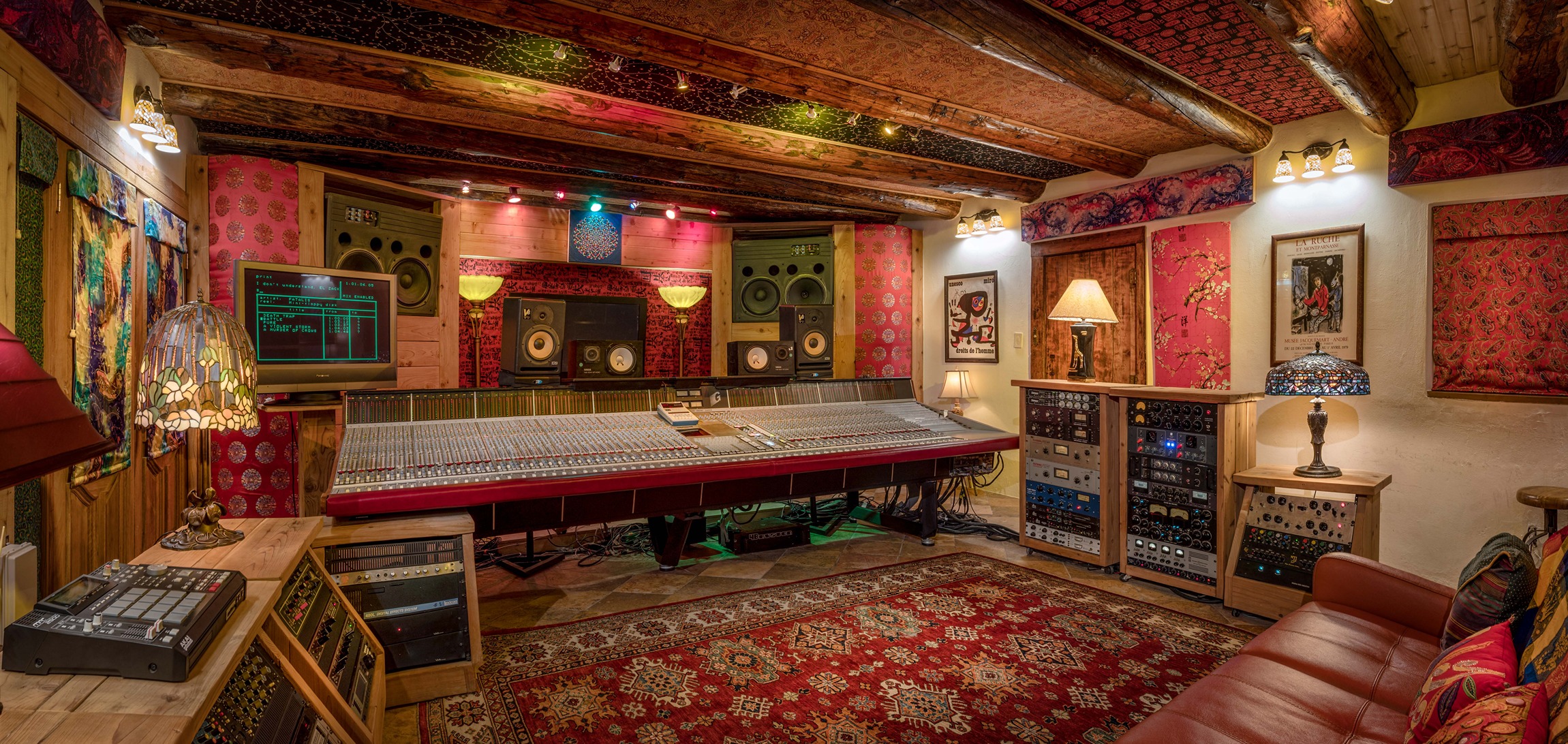
Why A-List Artists Choose Residential Studios for Albums
At ProStudioTime, we have seen first-hand how residential recording studios transform the creative process. These facilities combine professional recording spaces with on-site accommodation, giving artists a self-contained environment where they can live and work without interruption.
For many of the artists we work with, the appeal goes beyond high-end gear. It is about stepping away from daily demands, embracing a natural creative rhythm, and turning the album-making process into an immersive experience.
What Is a Residential Recording Studio?
A residential recording studio is a purpose-built facility where artists can both stay and record on the same property. Unlike traditional city studios, which require travel between accommodation and the recording space, residential setups provide everything in one place, including sleeping quarters, kitchen facilities, and fully equipped control rooms.
From our perspective, having full-time access changes everything. There is no rush to meet a fixed booking window and no juggling transport schedules, only uninterrupted time to focus on the music. This removes logistical hurdles and supports a more relaxed, productive workflow.

Why Residential Studios Appeal to Top Artists
The biggest draw is eliminating the daily commute. Instead of battling traffic or navigating the noise of a city, artists can walk from their bedroom to the control room. This saves time, preserves energy, and removes stress that can dampen creativity. It creates an instant transition from waking up to working without urban distractions.
Flexibility is the other major advantage. City studios are often tightly scheduled with fixed start and finish times. In a residential studio, those constraints fall away. Artists can record when inspiration strikes, whether that is mid-morning, after dinner, or in the middle of the night, and they can take breaks without watching the clock. This freedom lets sessions flow naturally and often results in deeper focus and more experimentation.
Not Just Comfort, Creative Flow
Luxury and comfort in residential studios are part of the creative formula, not indulgences. Many are set in picturesque locations, from countryside estates to coastal retreats, with interiors that balance style and functionality. Spacious lounges, inspiring views, and comfortable private rooms all contribute to an atmosphere where ideas flourish.
These settings are also popular for writing camps, where groups of songwriters, producers, and artists collaborate intensively over several days. Privacy, shared spaces, and constant access to recording facilities make residential studios ideal for these gatherings.
By removing distractions and offering a home-like feel, residential studios help artists get in the zone quickly. Well-planned layouts often place writing areas and recording spaces close together, so ideas move smoothly from one stage to the next.

Privacy and Security Are Built In
For A-list artists, privacy is non-negotiable. Residential studios typically offer gated access and private grounds, and they are run by a small, trusted team who understand the needs of high-profile clients and maintain the required discretion. This isolation keeps sessions free from unwanted attention and gives artists the freedom to work without external pressure.
Examples of Well-Known Residential Studios
La Fabrique, Saint-Rémy-de-Provence, France
Housed in a 19th-century mill, La Fabrique blends historic architecture with state-of-the-art recording technology. Foals recorded What Went Down here, while Radiohead worked on parts of A Moon Shaped Pool during sessions at the studio. It is also known for an extensive collection of vintage gear.
Rockfield Studios, Monmouthshire, Wales
Famous as the world’s first residential recording studio, Rockfield is where Queen part-recorded Bohemian Rhapsody and Oasis tracked (What’s the Story) Morning Glory?. Its rural setting and storied history make it a creative landmark.
Sonic Ranch, Tornillo, Texas
Set within a large pecan orchard, Sonic Ranch offers multiple studios and on-site accommodation. Bon Iver created much of i,i within its walls, making use of the secluded setting and high-end facilities.

Is It Worth It for Emerging Artists?
Yes. While residential studios are often associated with high-budget projects, many also cater to more modest budgets. For any artist serious about achieving professional sound, they can be a smart option. Once you factor in the cost of booking a non-residential studio and separate accommodation, the total can easily exceed the rate of a residential studio, especially when you account for travel time and logistics.
This, combined with the creativity that residential studios foster, can make them a cost-effective choice even for lower-budget projects. The convenience, focus, and all-in-one nature of a residential studio can deliver greater value than piecing together separate spaces and lodging.
Conclusion
From our work connecting artists with world-class recording environments, we know residential studios offer more than a place to record. They provide a complete creative ecosystem. Whether you are an emerging artist balancing costs or a global name seeking privacy and immersion, booking studio time at a residential facility is worth considering for your next project.
